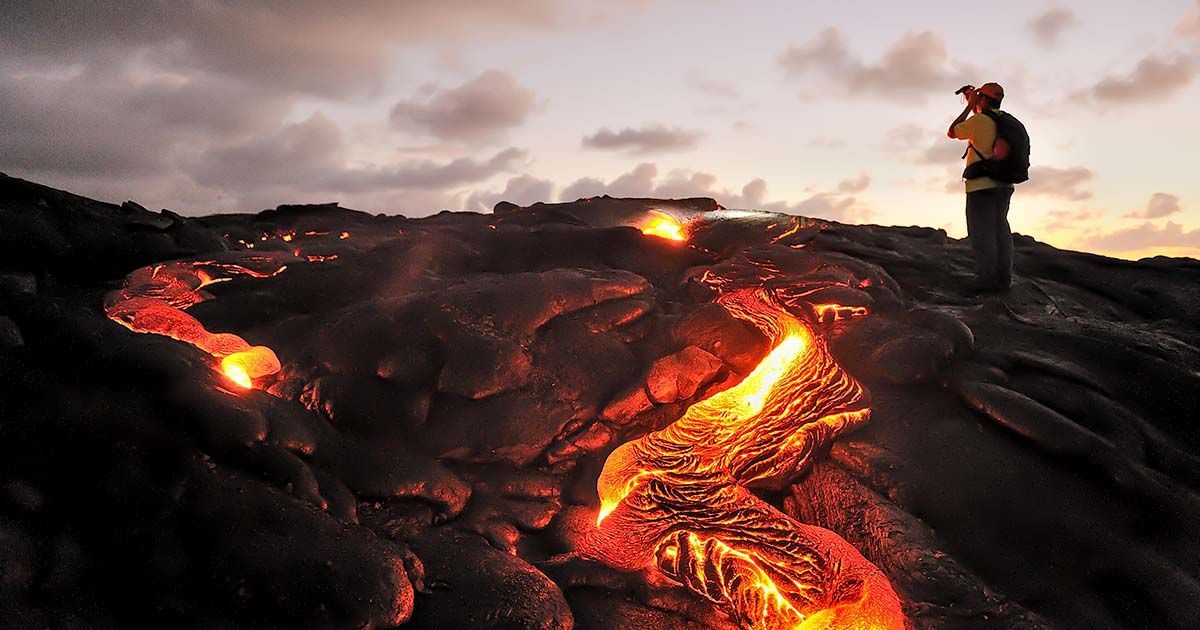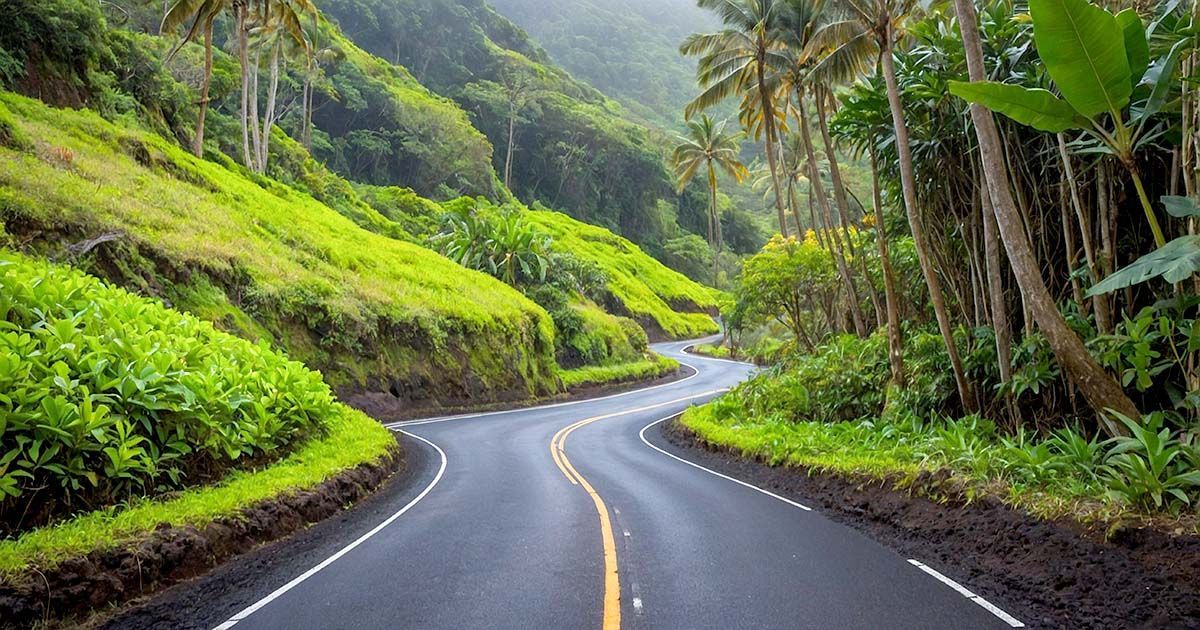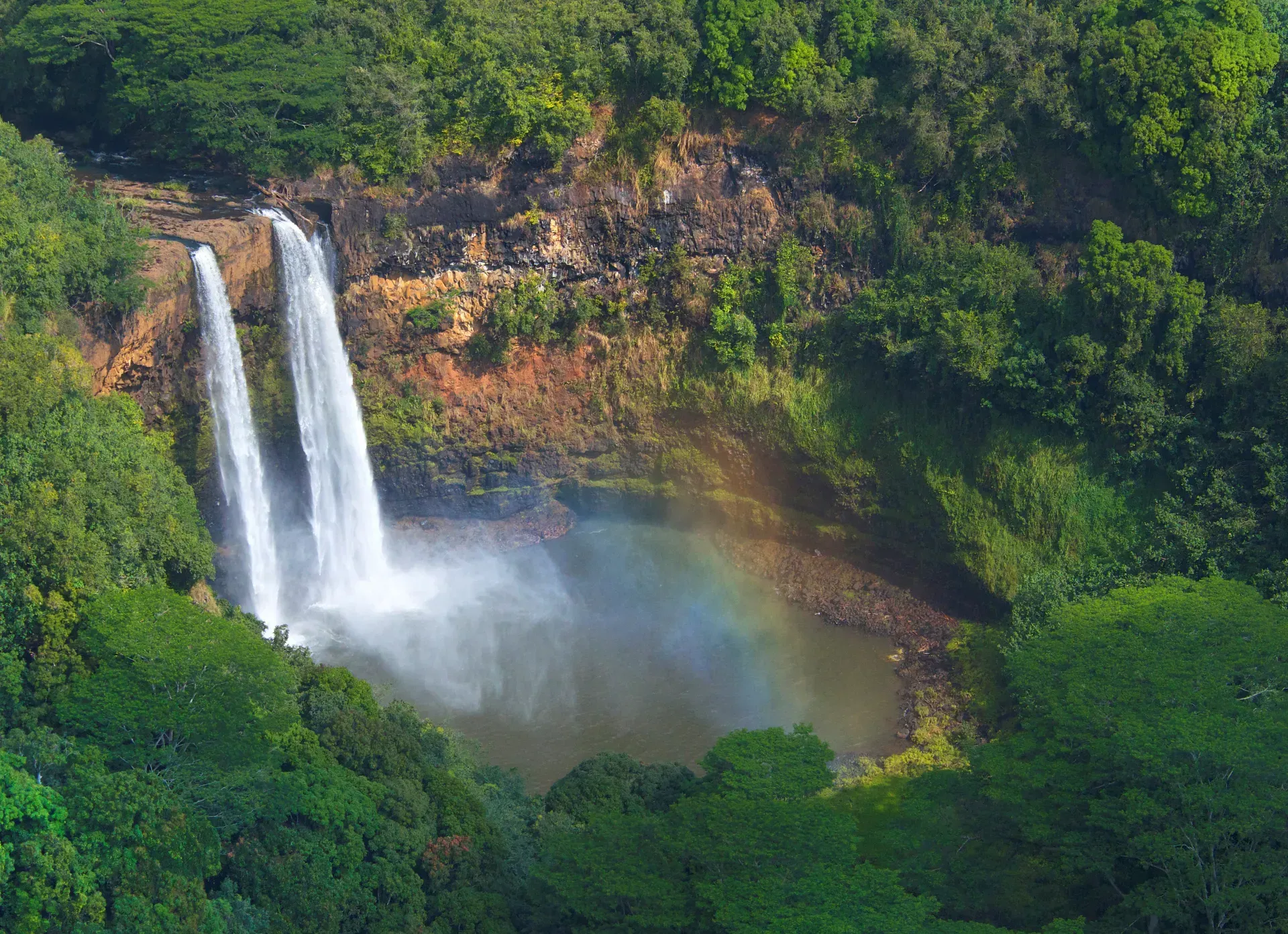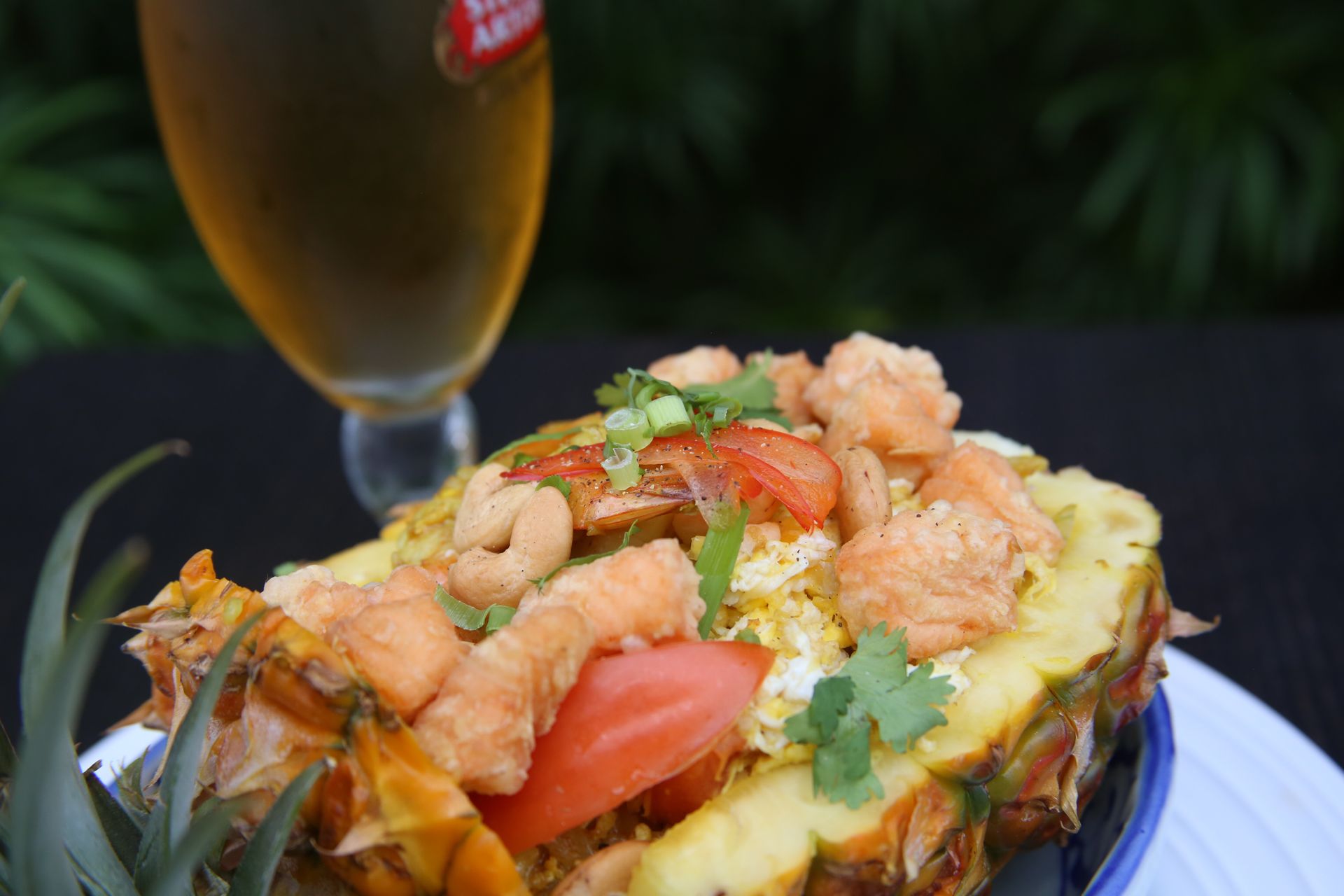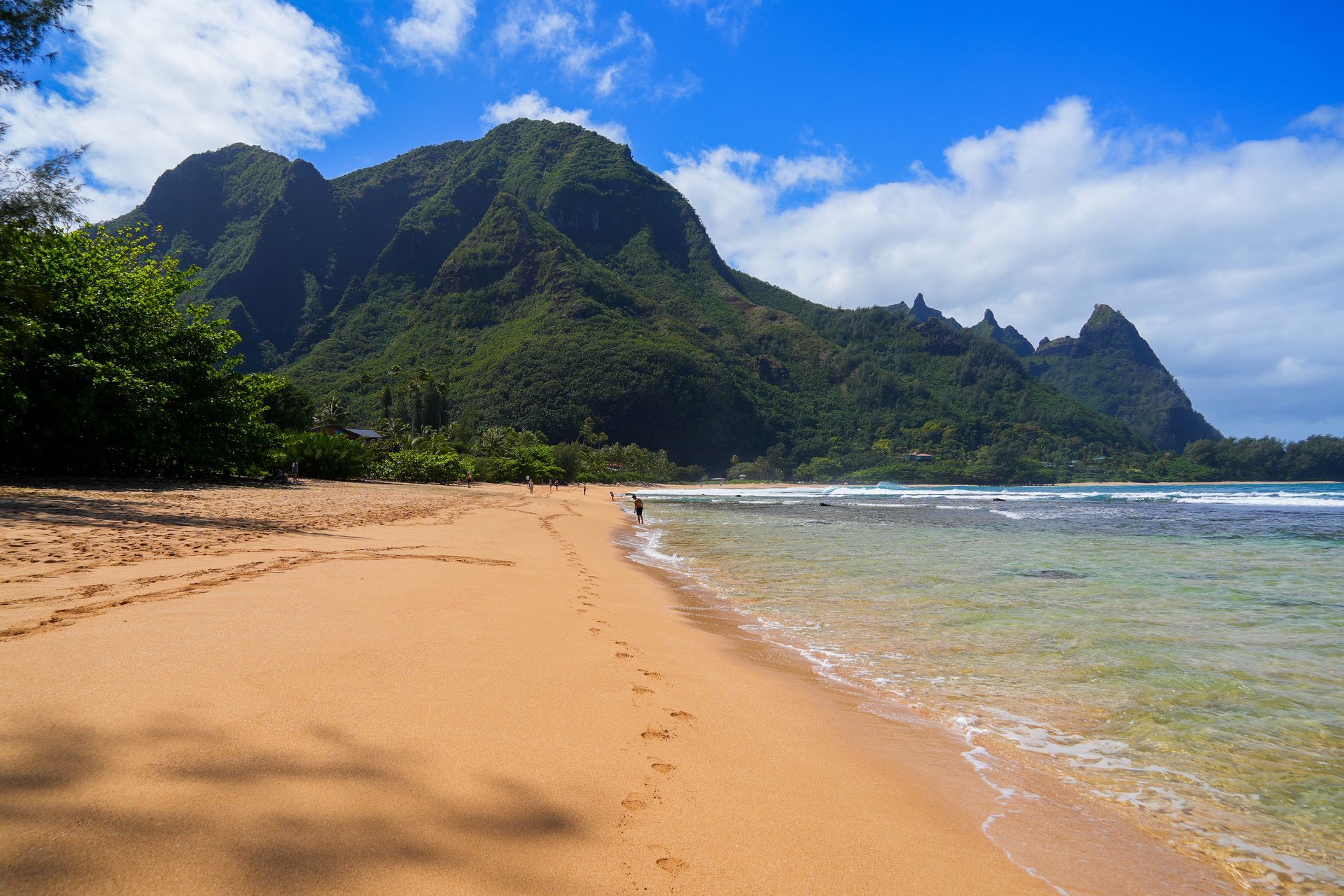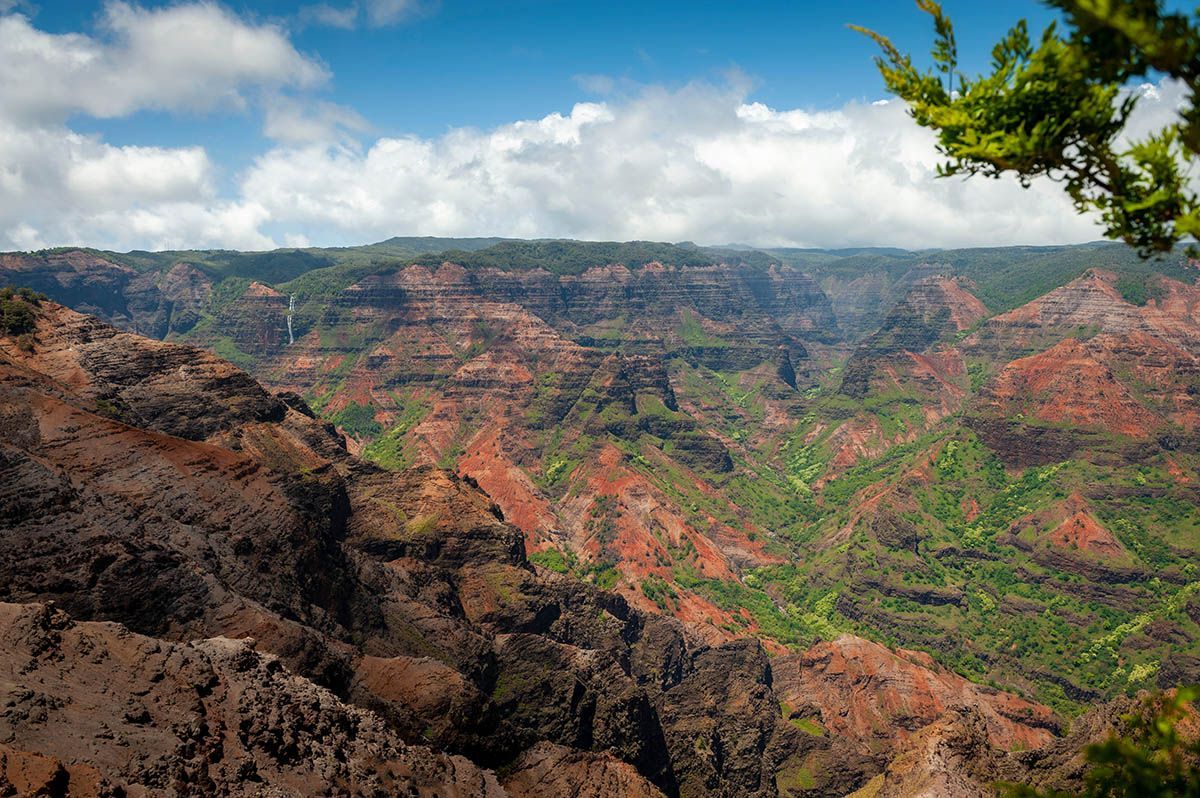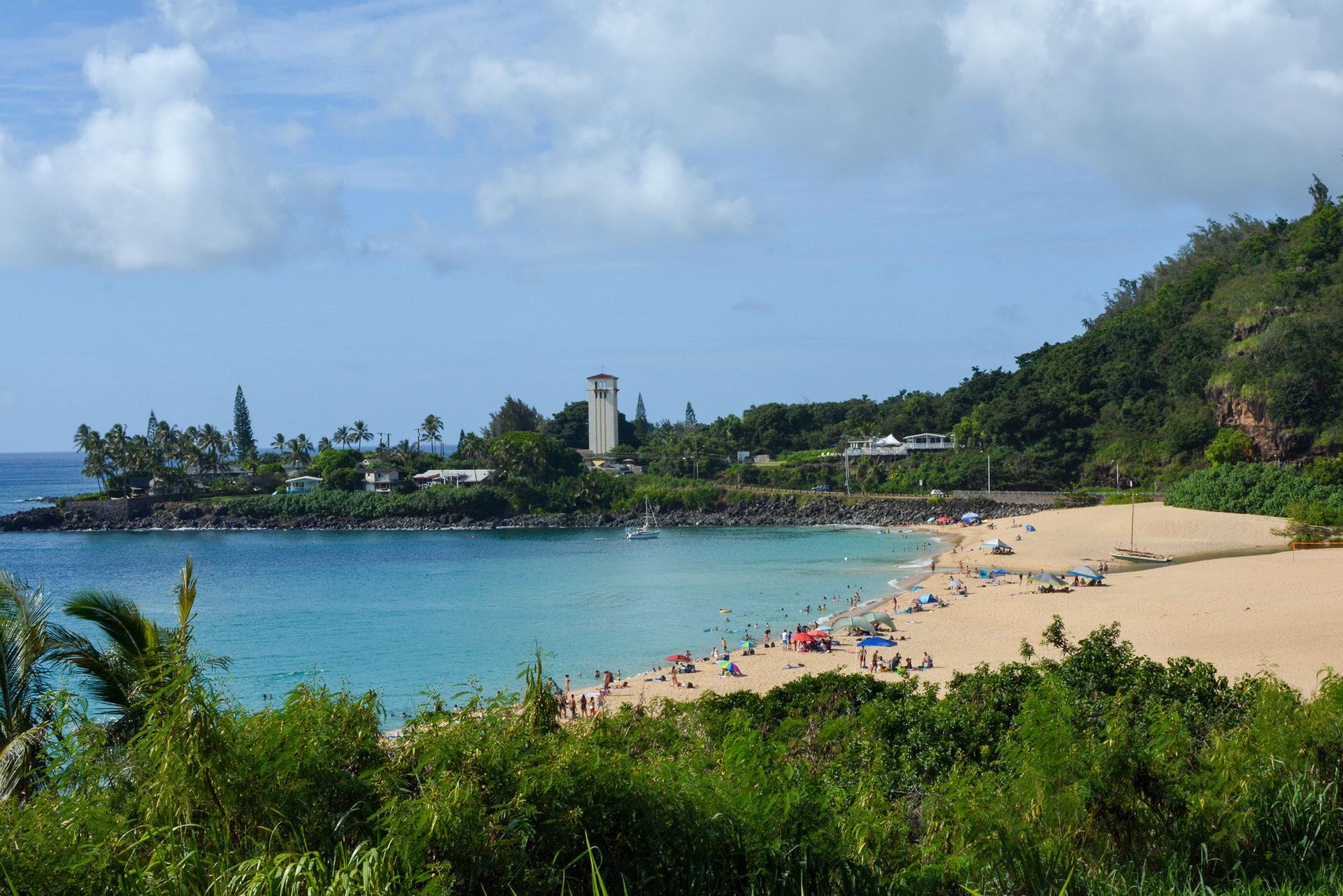Hiking on the Big Island: A Chat with Hawaii Forest & Trail Founder Rob Pacheco

By Kent Coules, This Week Publisher
Rob Pacheco hikes for a living.
I could have said, “Rob Pacheco gazes at stars for a living.” Or, “Rob Pacheco studies Big Island birds for a living.” In fact he does all of these things, and thousands of Hawai‘i visitors are the better for it.
When Pacheco arrived on the Big Island in 1990 to take a job as a beekeeper, the Northern California native did not know he would settle here permanently. “I would go to school, travel, go broke, and go back to school. This was just another adventure along the way.”
Fate would change the course of Pacheco’s life. “First, I met my wife in Kona. Then on a Friday night after work I parked my Dodge Aspen station wagon off the Saddle Road to explore the forest. I got lost. I hiked to a fence line, found a road and 40 minutes later a pickup truck pulls up and the driver says, ‘What are you doing on my property?’” That turned out to be the proverbial “lucky break.” The owner of the property, Freddy Nobriga, was the first person to allow Pacheco to conduct hiking tours on private property.
In 1994, armed with his Environmental Issues and Writing Studies knowledge gained while at the University of Colorado Boulder, and the realization that almost all of the activity companies in Hawai‘i were focused on water instead of land, Pacheco launched Hawaii Forest & Trail. “For the first three years it was just me. My wife, Cindy supported our family with a good paying job until she finally came aboard to run the office operations.”
Hawaii Forest and Trail’s initial rainforest bird walk has expanded to include exploring Hawai‘i Volcanoes National Park, stargazing from Mauna Kea, a waterfall walk, ziplines and specialized birding tours. When pressed for his favorite, Pacheco says, “Our birding tours because they get us into the best of Hawai‘i’s native habitats.”
“The ‘akiapōlā‘au is part of a group of birds called the Hawaiian honeycreepers. It’s taken on the niche of being our woodpecker. It’s unique to Hawai‘i island and critically endangered with around a thousand birds left,” Pacheco says. “The Hawaiian honeycreepers are one of the planet’s great evolutionary wonders. From a single founding event by a North American finch several million years ago, they evolved into over 60 unique species in Hawai‘i. In fact, this process of colonization of life in Hawai‘i is one the world’s great natural history stories.”
So how did all the amazing flora and fauna come to the most isolated island group in the world? “Prior to humans making it to Hawai‘i, plants and animals had three ways to get here: wind, wing and waves,” Pacheco explains. “Most of the successful colonizers, or founders came on the wing, a few made it carried by the wind and even fewer floated here. These colonizations were incredibly rare. On average, an invertebrate like an insect colonized about once every 35,000 years or so, a flowering plant every 100,000 years and a bird made it here on average every 1,000,000 years!”
The remarkable success of Hawaii Forest & Trail can be partly attributed to the establishment of relationships with private landowners that would allow tours to places with wild and remote ecosystems that had been previously inaccessible. Another important element that Pacheco built into the company was the practice of having knowledgeable and qualified guides.
Named “Entrepreneur of the Year” for Hawai‘i Island, Pacheco has been committed to giving back. Recently he helped envision and complete the “Hawai‘i Coast to Coast Birding Trail,” a 90-mile route trail over Saddle Road. Shortly after the trail was completed, it was turned over to the states’ Department of Land and Natural Resources for maintenance. On September 14-16, Pacheco can be found at the Hawaii Island Festival of Birds at the Sheraton Kona Resort that he co-founded. Proceeds from this four-day event will be turned over to the state for further development and operations of the Birding Trail and to the Hawai‘i Wildlife Center in Kohala.
“I believe that a lot of our success was good fortune; meeting the right people, starting at the right time,” says Pacheco. “It’s a great privilege to be able to share Hawai‘i’s nature. That privilege comes with a responsibility to care for the Island. Hawai‘i really is one of the wonderlands of the world. The diversity for such a small place is striking. Brazil, for example, has 27 of the world’s life zones based on the Holdridge classification. Hawai‘i, with a tiny fraction of Brazil’s landmass, has 25 life zones! Our job is to tell Hawai‘i’s natural history story. To make people love what we love. If we do that, we’ll play a small role in helping to care for this amazing place.” This is the most diverse ecosystem in the world.
Pacheco can wax poetic all he wants, but this reporter still believes the guy hikes for a living.
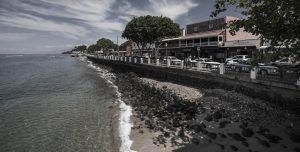
This Week Hawaii
Islands
All Rights Reserved | This Week Hawaii

